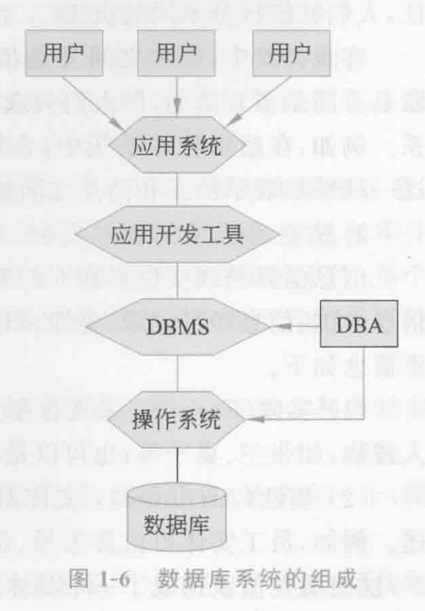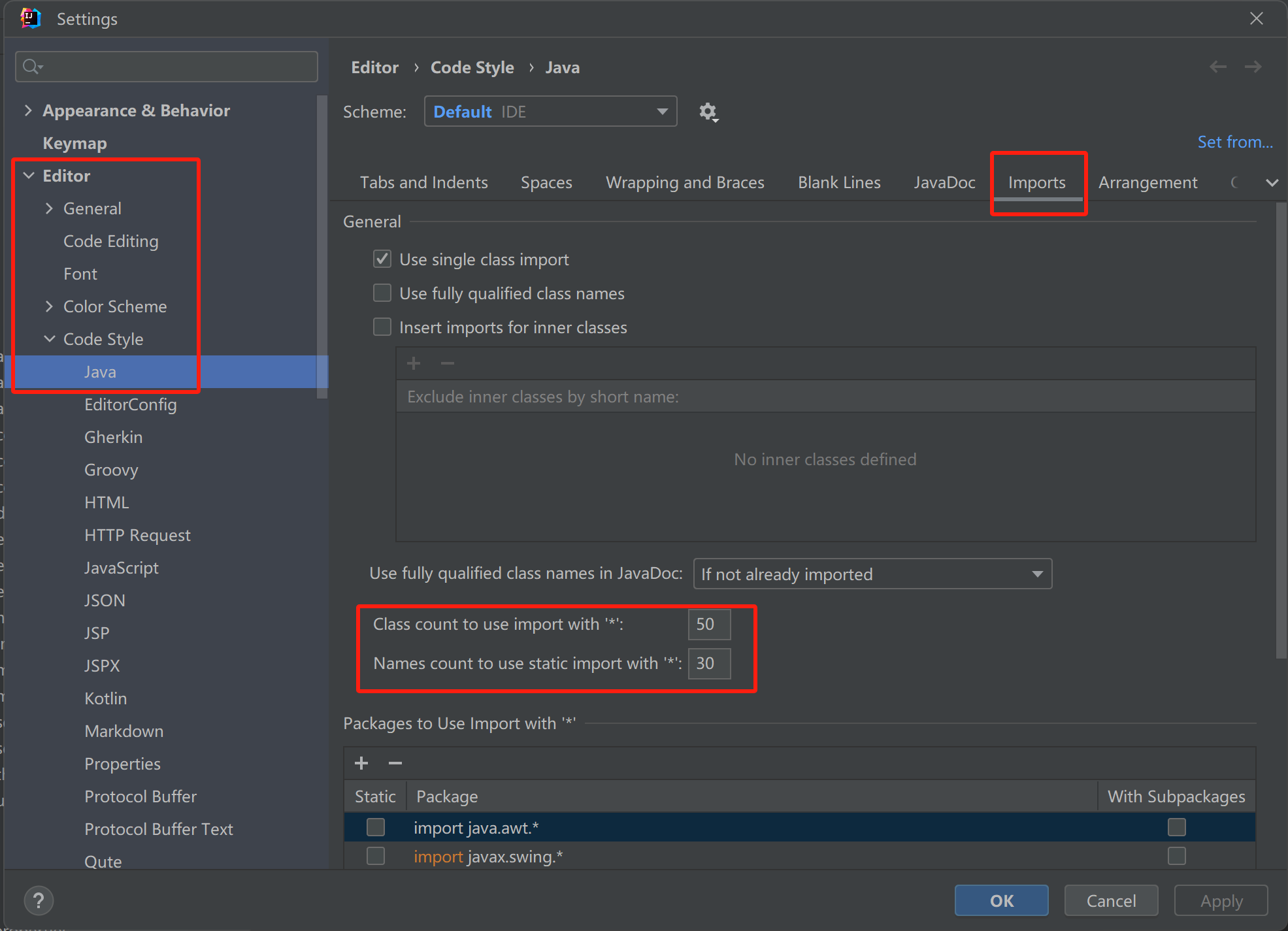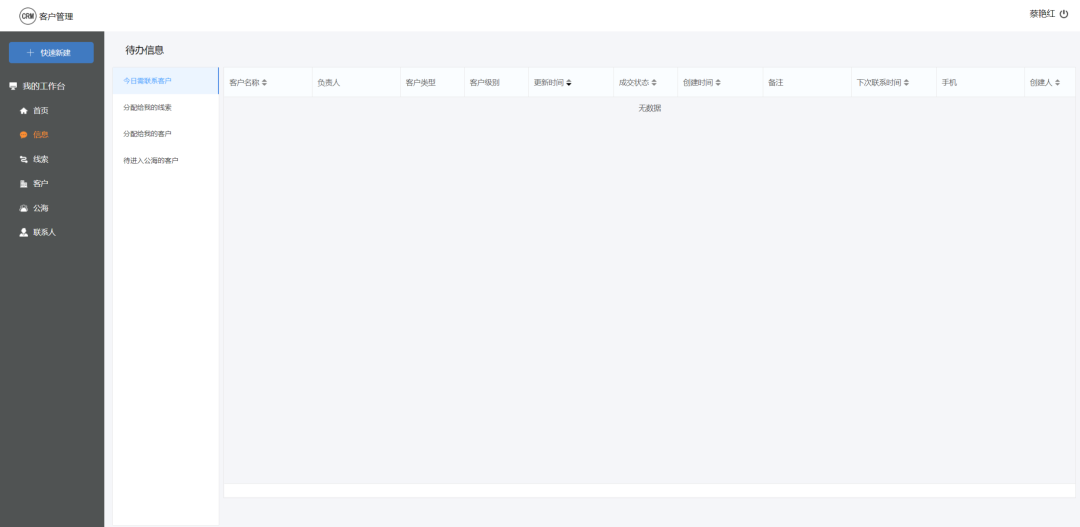一、restTemplate
1、先将restTemplate注册成为一个bean
@Configuration
public class RemoteCallConfig {@Beanpublic RestTemplate restTemplate() {return new RestTemplate();}
}
2、实现代码
private void handleCartItems(List<CartVO> vos) {// TODO 1.获取商品idSet<Long> itemIds = vos.stream().map(CartVO::getItemId).collect(Collectors.toSet());// 2.查询商品// List<ItemDTO> items = itemService.queryItemByIds(itemIds);// 2.1.利用RestTemplate发起http请求,得到http的响应ResponseEntity<List<ItemDTO>> response = restTemplate.exchange("http://localhost:8081/items?ids={ids}",HttpMethod.GET,null,new ParameterizedTypeReference<List<ItemDTO>>() {},Map.of("ids", CollUtil.join(itemIds, ","))); // 2.2.解析响应if(!response.getStatusCode().is2xxSuccessful()){// 查询失败,直接结束return;}List<ItemDTO> items = response.getBody();if (CollUtils.isEmpty(items)) {return;}// 3.转为 id 到 item的mapMap<Long, ItemDTO> itemMap = items.stream().collect(Collectors.toMap(ItemDTO::getId, Function.identity()));// 4.写入vofor (CartVO v : vos) {ItemDTO item = itemMap.get(v.getItemId());if (item == null) {continue;}v.setNewPrice(item.getPrice());v.setStatus(item.getStatus());v.setStock(item.getStock());}
}
二、openFeign
1、 引入依赖
<!--openFeign--><dependency><groupId>org.springframework.cloud</groupId><artifactId>spring-cloud-starter-openfeign</artifactId></dependency><!--负载均衡器--><dependency><groupId>org.springframework.cloud</groupId><artifactId>spring-cloud-starter-loadbalancer</artifactId></dependency>
2、启用OpenFeign
SpringBoot启动类,加上注解@EnableFeignClients
3、编写openFeign客户端
//item-service微服务名称
@FeignClient("item-service")
public interface ItemClient {//yml中的,nacos配置的ip和端口(nacos,可以看我这个专栏),会自动拼上路径//ip+端口/items/ids= x,x , x,@GetMapping("/items")List<ItemDTO> queryItemByIds(@RequestParam("ids") Collection<Long> ids);
}
这里只需要声明接口,无需实现方法。接口中的几个关键信息:
- @FeignClient(“item-service”) :声明服务名称
- @GetMapping :声明请求方式
- @GetMapping(“/items”) :声明请求路径
- @RequestParam(“ids”) Collection ids :声明请求参数
- List :返回值类型
有了上述信息,OpenFeign就可以利用动态代理帮我们实现这个方法,发送一个GET请求,携带ids为请求参数,并自动将返回值处理为List。
我们只需要直接调用这个方法,即可实现远程调用了。
4、使用接口
1、注入ItemClient
2、调用ItemClient 中的方法,接收返回值
5、连接池
Feign底层发起http请求,依赖于其它的框架。其底层支持的http客户端实现包括:
- HttpURLConnection:默认实现,不支持连接池
- Apache HttpClient :支持连接池
- OKHttp:支持连接池
因此我们通常会使用带有连接池的客户端来代替默认的HttpURLConnection。比如,我们使用OK Http.
引入依赖
<!--OK http 的依赖 -->
<dependency><groupId>io.github.openfeign</groupId><artifactId>feign-okhttp</artifactId>
</dependency>
开启连接池
feign:okhttp:enabled: true # 开启OKHttp功能
6、openFeign最佳实践
思路分析
- 思路1:抽取到微服务之外的公共module
- 思路2:每个微服务自己抽取一个module

方案1抽取更加简单,工程结构也比较清晰,但缺点是整个项目耦合度偏高。
方案2抽取相对麻烦,工程结构相对更复杂,但服务之间耦合度降低。
正常小型微服务项目可以选择,耦合度偏高的maven聚合工程
新建一个微服务module
新建之后,引入openFeign需要的坐标,以及负载均衡坐标,服务建立完毕后;
服务建立完毕后,在消费者的微服务模块,引入maven坐标,即可调用里面的方法;
消费者启动类扫描对应包
1、@EnableFeignClients(basePackages=“消费者调用生产者对应的报名”)
2、@EnableFeignClients(clients={生产者的字节码文件(也就是[a.class])})
例子:@EnableFeignClients(clients={A.class})
7、日志输出
OpenFeign只会在FeignClient所在包的日志级别为DEBUG时,才会输出日志。而且其日志级别有4级:
- NONE:不记录任何日志信息,这是默认值。
- BASIC:仅记录请求的方法,URL以及响应状态码和执行时间
- HEADERS:在BASIC的基础上,额外记录了请求和响应的头信息
- FULL:记录所有请求和响应的明细,包括头信息、请求体、元数据。
Feign默认的日志级别就是NONE,所以默认我们看不到请求日志。
logging:level:监控日志包名:debug
通用的module中定义日志级别
public class DefaultFeignConfig {@Beanpublic Logger.Level feignLogLevel(){return Logger.Level.FULL;}
}
消费者启动类加注解
平时不建议开启,在出现错误时候,可以开启排查错误
@EnableFeignClients(defaultConfiguration = DefaultFeignConfig.class)
三、httpClient
可以看我之前苍穹外卖的博客



















